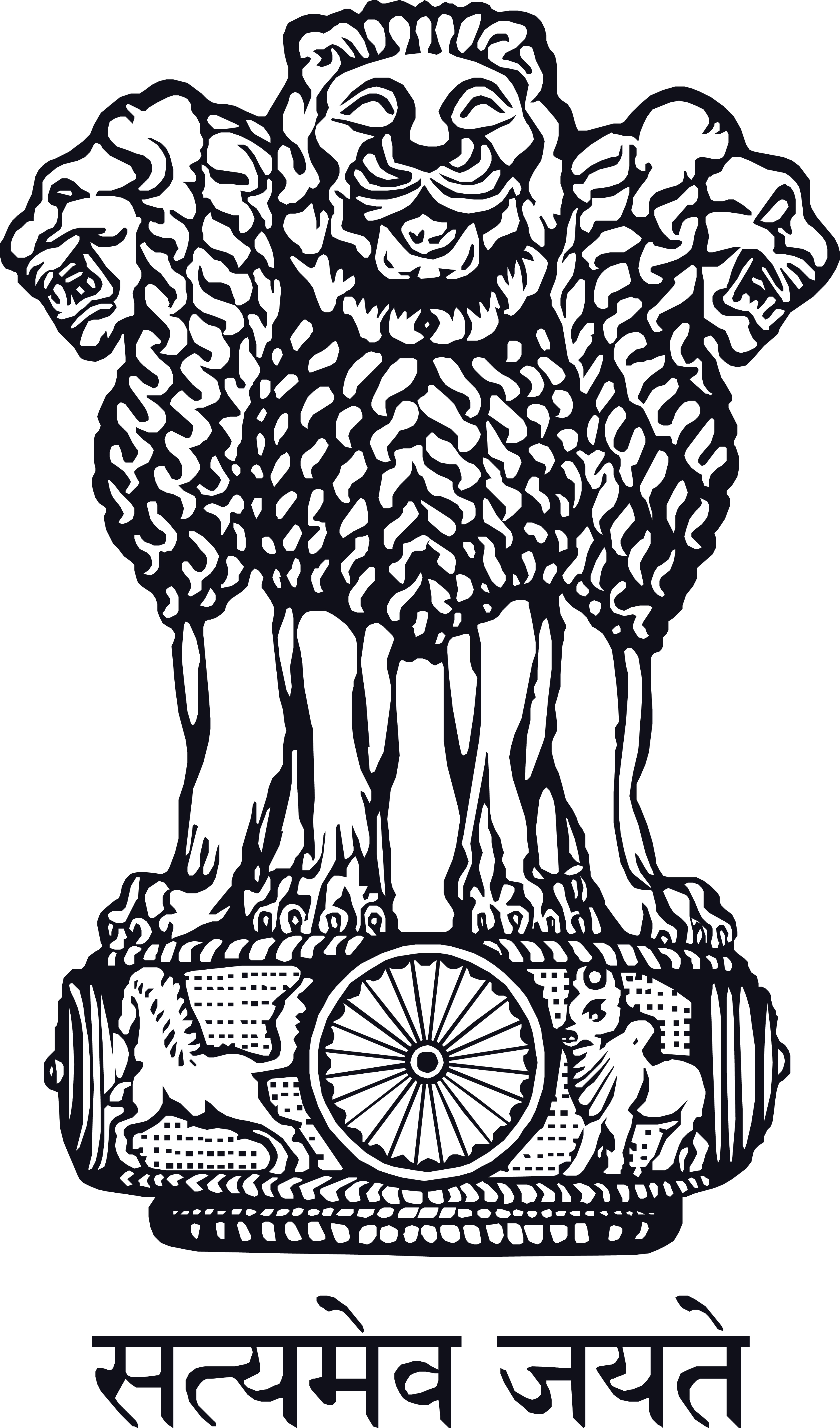Diagnosis
A Sowa-Rigpa doctor employs three main tools for diagnosing a patient i.e. visual diagnosis, diagnosis by touch and diagnosis by questioning. Visual diagnosis comprises of two main methods: (i) tongue examination (ii) analysis of urine.
Various diseases can be diagnosed by checking the nature, colour and smoothness of the tongue. Urine can be analysed at three different stages: fresh urine, while it is cooling down and when it is cold; by looking at its colour, speed of discolouration, vapour, odour, bubbles, sediments, etc. Diagnosis by touch is represented by the advanced technique of pulse examination followed by touching the body for temperature, smoothness, etc. Pulse is the most important and major diagnostic tool in Sowa-Rigpa, which is explained in thirteen general topics like preparatory conduct, proper time for examination, place, pressure of physician’s finger, technique, constitutional pulse, wonderful pulse, general and specific pulse, death pulse, and so on. Questioning is another mode of diagnosing a patient. Here, the history of case, present condition, family background and changes in body are the main questions asked


